What I love more than anything about Lawson and those like him is his focus on getting the word out -- finding things, learning things, sharing things. Surely for his own sake, whether material gain or notoriety or just the sense of having contributed, but also, I feel certain, for its own sake. Lawson just wanted to move the conversation forward. He wanted people to know things because knowing was good, wanted to understand the Indians and the land and the wildlife because that was just good, and if you learned things and shared them you never knew what might come of it.
Thus in that spirit I'm enormously proud to share the artwork above, created by my friend Jim Hallenbeck, from his interpretation of an image I shared on the Lawson Trek Instagram feed about a month ago.
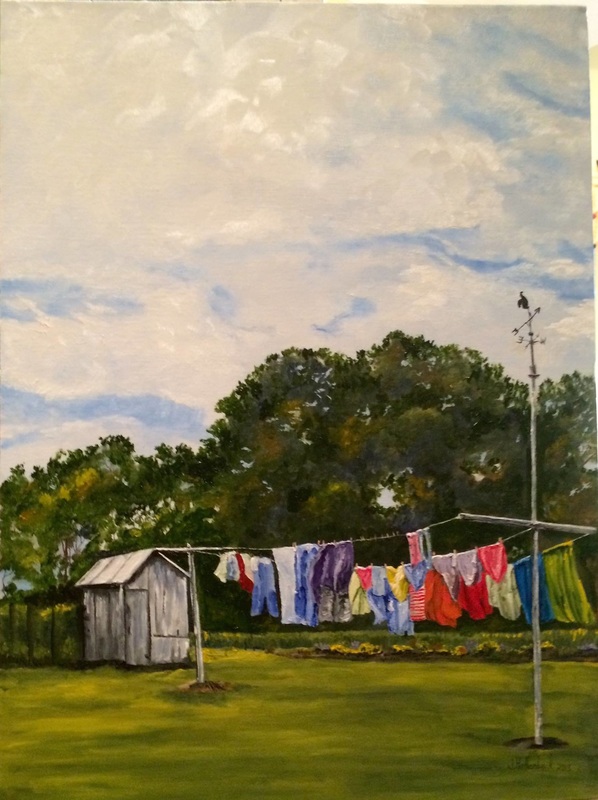
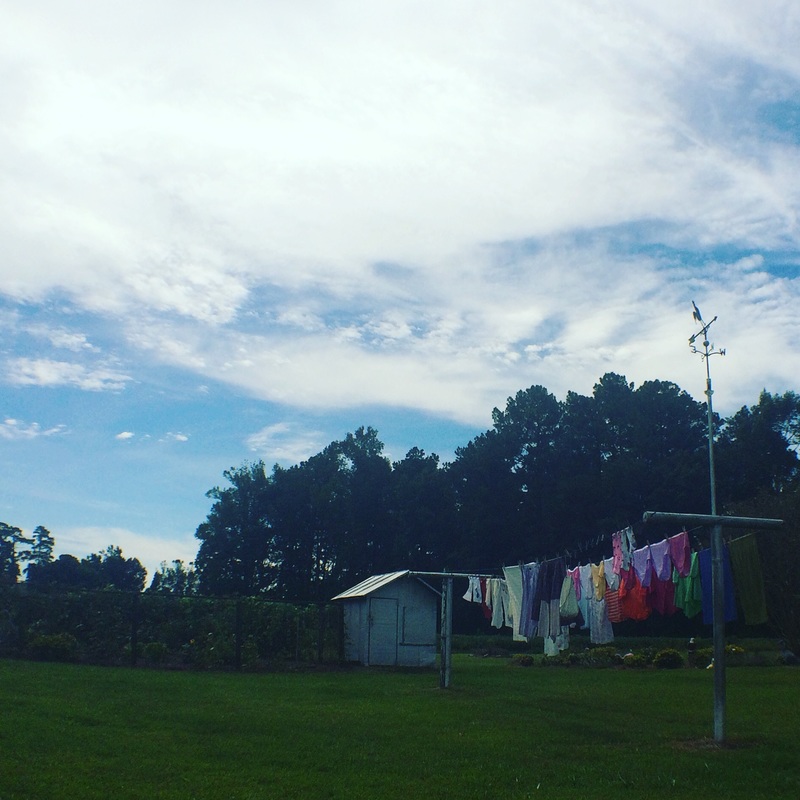
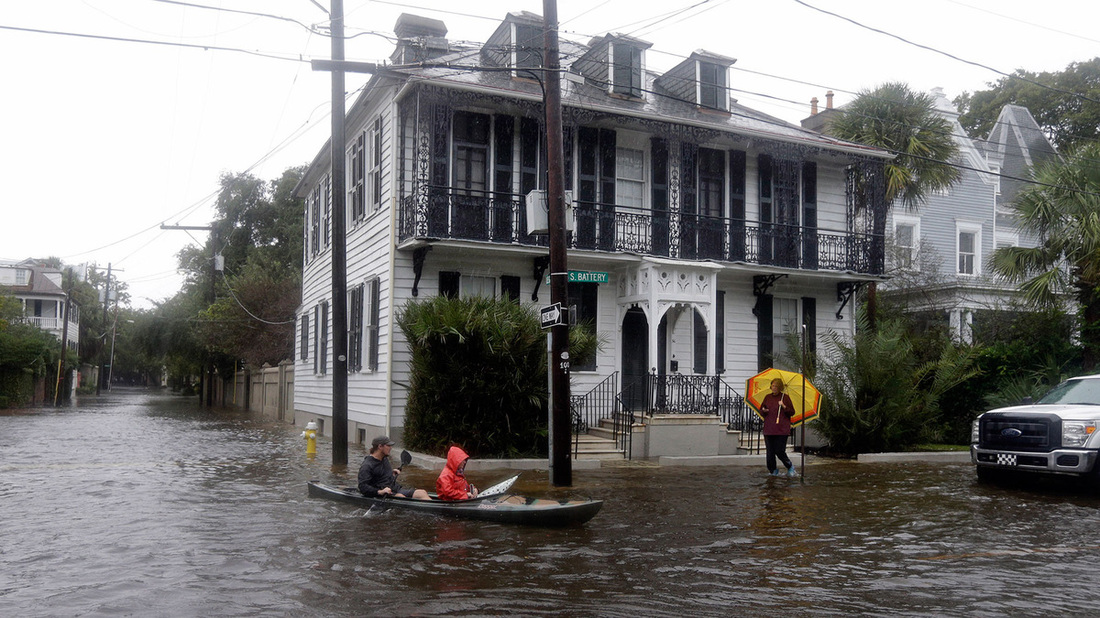
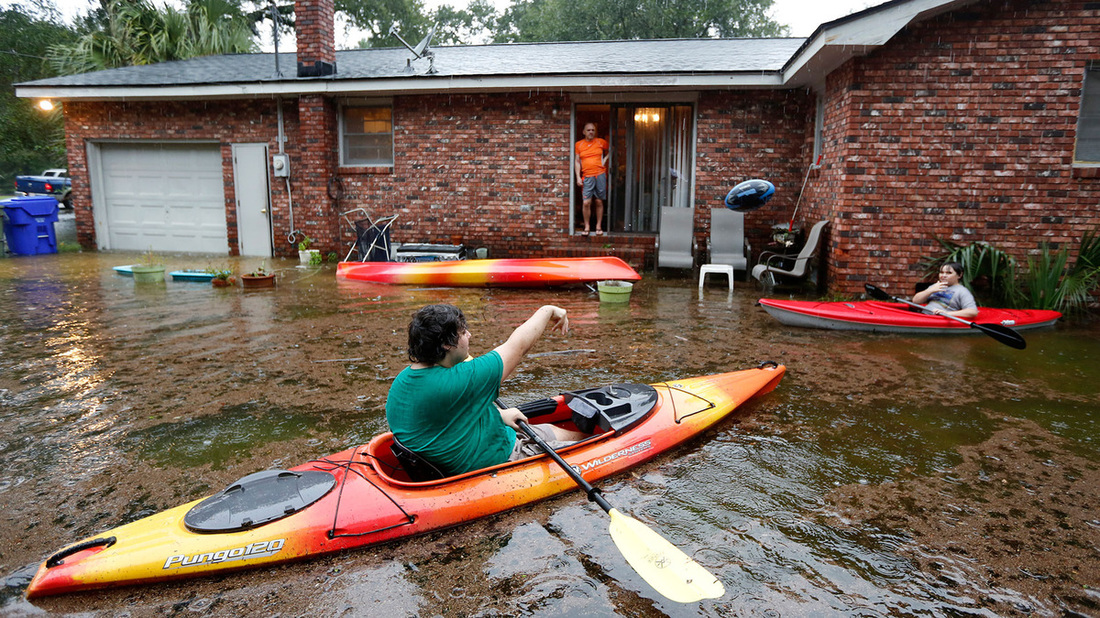
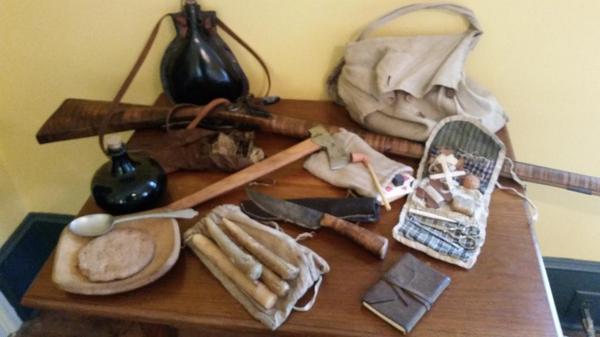
 RSS Feed
RSS Feed